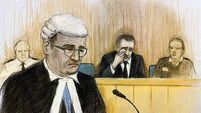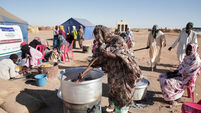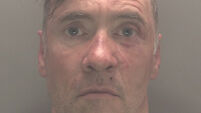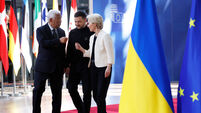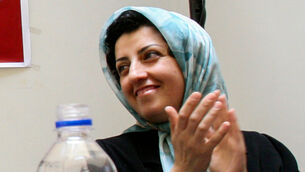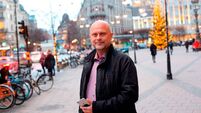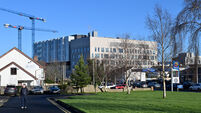Nagasaki remembers 'Fat Man' devastation
A siren wailed and a bronze bell rang as Nagasaki marked the moment 60 years ago when an American plane appeared in its skies and dropped the “Fat Man” plutonium bomb, killing 80,000 people and sealing Japan’s Second World War defeat.
About 6,000 people, including hundreds of ageing bomb survivors, crowded into Nagasaki’s Peace Memorial Park, just a few hundred yards from the centre of the blast, for a solemn remembrance and moment of silence.
When the silence ended, Nagasaki mayor Iccho Itoh had some angry words for the leaders of the nuclear powers, and especially the US.
“To the citizens of the US of America: We understand your anger and anxiety over the memories of the horror of the 9/11 terrorist attacks,” he said.
“Yet, is your security enhanced by your government’s policies of maintaining 10,000 nuclear weapons, of carrying out repeated sub-critical nuclear tests, and of pursuing the development of new ‘mini’ nuclear weapons?”
Itoh also urged Japan to get out from under the United States’ “nuclear umbrella”. About 50,000 US troops are deployed throughout Japan under a post-war mutual security pact.
Prime minister Junichiro Koizumi placed a wreath before the monument to the dead, and bowed deeply.
“This is an occasion to remember the victims, and pray for world peace,” he said.
The remembrances began just after sunrise Japanese time, as hundreds of Catholics joined in a special Mass at Urakami Cathedral, which at the time of the bombing was the largest in Asia with 12,000 parishioners – 8,500 of whom are believed to have been killed.
When the cloudy sky lit up in a sudden flash at 11.02am, two priests were hearing confessions inside the cathedral and 30 faithful were inside. Everyone in the church died and the statues around them turned black because of the intense heat.
Ironically, Nagasaki was not a primary target.
Three days after the Enola Gay dropped the “Little Boy” bomb on Hiroshima, killing at least 140,000 in the world’s first atomic bomb attack, Bock’s Car took off to deliver the second A-bomb to the nearby city of Kokura.
Kokura was hidden under a thick cover of smoke. The plane circled three times, then changed course for Nagasaki, where it also encountered thick clouds.
With dwindling fuel, the pilot nearly turned around – but then the clouds broke. Japan surrendered on August 15, 1945, ending the war.
Nagasaki’s devastation has been overshadowed by Hiroshima, where 55,000 people filed into that city’s Peace Memorial Park to mark the 60th anniversary of the attack last week.
“Together with some 260,000 A-bomb survivors … I swear in the presence of the souls of the victims of the atomic bombing to continue to tirelessly demand that Nagasaki be the last A-bomb site,” said Fumie Sakamoto, who represented the survivors at the memorial.
Sakamoto was a high school pupil when Nagasaki was bombed. The blast destroyed her home, and threw her 33ft into the air. She landed in her garden. “As far as I could see, everything had been reduced to rubble,” she said.
The remains of thousands of the dead have never been found. Estimates of the death toll itself range from 60,000 to 80,000. Nagasaki officials yesterday used 74,000 as the death figure.



